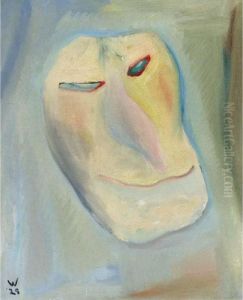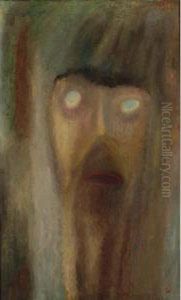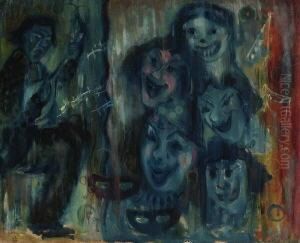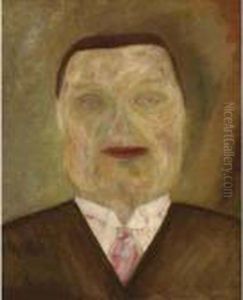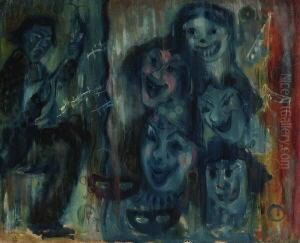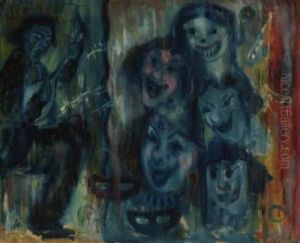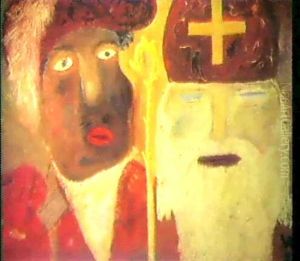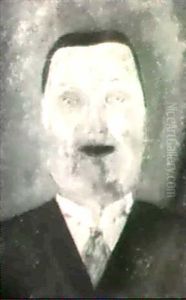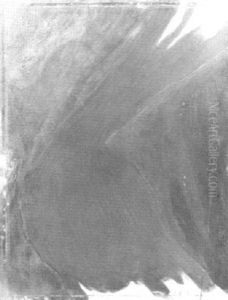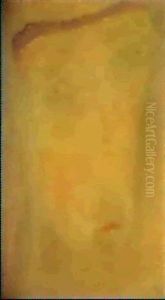Erich Wichman Paintings
Erich Wichman was a Dutch artist, sculptor, and writer, known for his multifaceted contributions to the art and political scenes of the early 20th century. Born on March 11, 1890, in Utrecht, the Netherlands, Wichman grew up in a time of social and political change which would greatly influence his artistic and political endeavors.
Wichman's early life was marked by his education at various schools, including the Rijksnormaalschool voor Teekenonderwijzers and the Rijksakademie van beeldende kunsten, both in Amsterdam, where he honed his skills in drawing and painting. His style was initially influenced by symbolism and later by expressionism and Dadaism, movements that sought to challenge the established norms and conventions in art and society.
Throughout his career, Wichman was a provocative figure, not only in the arts but also in his political activities. He was involved with various political groups, showing a tendency towards anarchism and fascism, a duality that reflected the complex and often contradictory political landscape of the time. He was a founding member of the short-lived Rapaille Partij, a political party which used humor and satire to comment on politics, and he contributed to the magazine 'De Nieuwe Gids'.
Wichman's artistic output included paintings, prints, and sculptures, characterized by a bold use of color and form. His work often contained satirical elements and social commentary, reflecting his critical view of society. He was also a talented writer and poet, and his written works include a collection of poems and political essays.
Unfortunately, Wichman's life was cut short by tuberculosis, and he died on January 19, 1929, in Davos, Switzerland. Despite his relatively brief career, Wichman left behind a body of work that continues to be studied and appreciated for its artistic merit and its insight into the turbulent political climate of the early 20th century.
